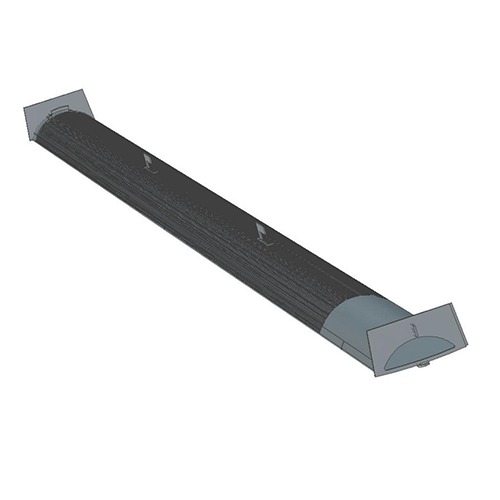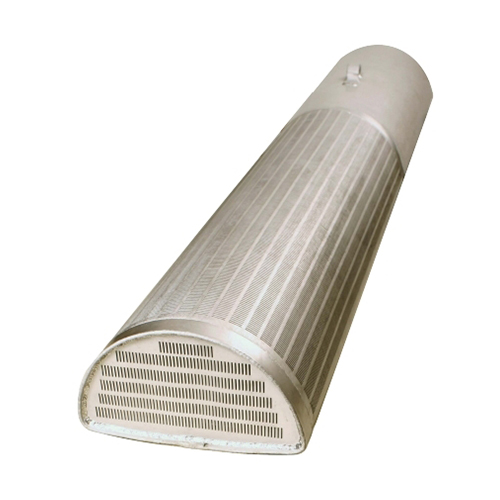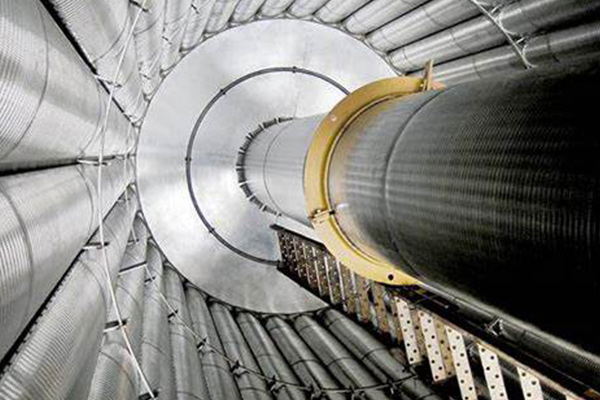The gas-solid radial reactor has a gas distribution device and a gas collection device. The space between these two devices is filled with catalysts, creating a catalyst bed. Scallops, which are flat tubular devices evenly distributed along the vessel's walls, are integral components of this system.

Vee Wire Scallops Description
Purpose: Collect or distribute flow. It serves as a branch channel or collecting channel for gas.
Application: Catalytic Reforming, Ammonia Synthesis, Gas Treatment, Platforming, Styrene Production

Vee Wire Scallops VS Perforated Scallops
There are two types of scallops: Vee wire scallops and perforated scallops. The difference:
| Vee Wire Scallops Features and Benefits |
Perforated Scallops Benefit |
|
1. Vee-Wire scallop arrangement has a much higher total open area than a single large outer basket or perforated sheet scallops of the same size.
2. The opening area is large, the pressure drop is reduced, and the process efficiency is improved.
3. Slots can be as narrow as 250 μm to retain small-size catalysts. And can prevent catalyst leakage.
4. Special V-shaped wire structure, not easy to block and easy to clean.
|
The perforated scallops have the benefit of a lower price than Vee wire scallops. |
| In real applications, wedge wire scallop performs better, so we recommend using it. |
In the typical configuration of a radial flow reactor, the reaction gas flows radially on the catalytic bed through the slot of the wedge wire screen scallop tube around the reactor wall.

When designing Vee wire scallops, we usually consider the following specifications and parameters:
1. Working and designing pressure and temperature
2. Flow parameters
3. Physical characteristics of the working environment
4. Pressure drop
5. Dimensions of the reactor and top hatch
Contact us anytime to customize Vee wire scallops to fit your radial flow interior system.
Email to us Now


